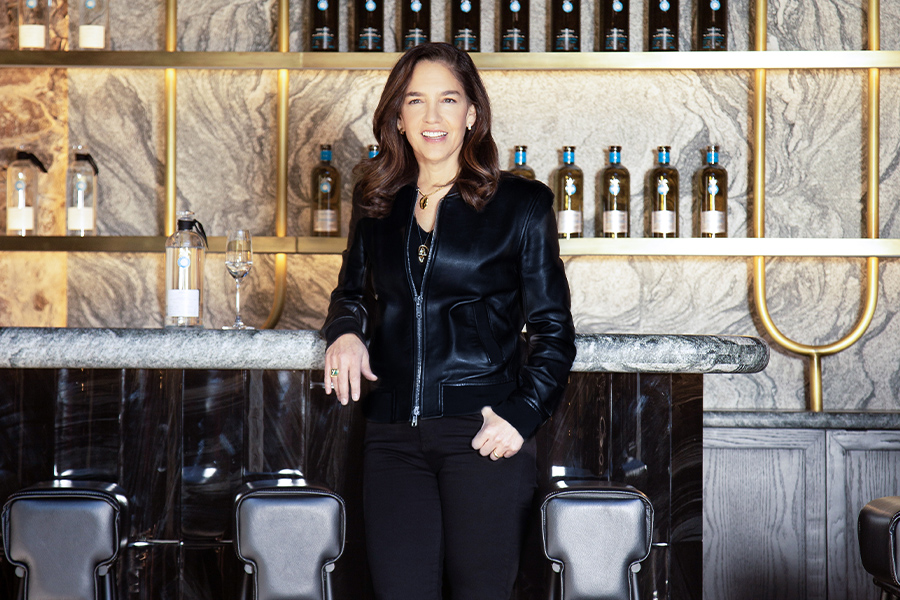Bright Architecture
Nathan Bright’s talents serve a wide-range of projects from luxury residential to retail, but he found his niche in designing high-end boutique fitness spaces. Hailing from Odessa, Texas, the Bright Architecture founder and principal worked at a handful of architecture firms in Texas and New York before receiving his master’s in environmental design at Yale. After he graduated in 2010, he opened his eponymous Brooklyn studio, where his first fitness client was Flywheel Sports. Now with 16 employees, Bright Architecture’s expansive portfolio includes the Fhitting Room, Pop Physique, SLT, MNDFL, Rowhouse, and Swerve, where he merges his residential sensibility with distinctive details.
Why did you want to start your own firm?
I knew I was going to a long time before I actually did, and it came to fruition after graduating from Yale in 2010. I’m not sure if it was self-chosen or by circumstance, but I knew that after my time at Yale, I was ready to take on the challenge.
What’s your approach to designing fitness studios?
We treat boutique fitness and wellness studios as other firms would treat hospitals, airports, or apartment towers. We recognized early on that boutique fitness has design and architecture challenges that standard retail does not have. Imagine putting a dance club into a closed down Gap store with residential apartments above as fast as you can, and you start to see all of the issues. That is what we do day-to-day.
How are you reinventing retail through wellness and fitness studios?
It is a shift from a transactional space where you would go to buy a sweater or purse to one that is a community experience. This shapes how you approach everything from circulation to climate control to finish materials. The evolution is that this shift is becoming more and more apparent, and with that, understanding that our clients and the users demand a continuous refinement of the experience and spatial brand.
The challenge is always ‘Is it a studio with retail or retail with a studio?’ Most of our clients lean toward the former while there are numerous amazing spaces that are the latter. Unfortunately, there is such a strong predisposition in the market to how retail is supposed to work that it is difficult to find the opportunities for design innovation within the overall project budget.
What did you want to create with the recent Stretch*d concept?
This was an exciting project for us because we were working with one of our longest partners [Amanda Freeman, founder of SLT] on a new project in a new market. We started by looking to models such as Heyday or Drybar as general operational frameworks. At its core, we wanted Stretch*d to be a space that was welcoming yet private. Getting a stretching service can be rehabilitative and surprisingly active, but also oddly intimate. The space has very clean lines and natural woods with dividing partitions but allows movement and views throughout.
Why do you think wellness and fitness are so integral to people’s lives?
It is a larger shift in how we want to experience being social. Part of it is generational and part of it is a movement to simply be a part of a community that makes you feel better. Going out at 5 p.m. for happy hour and paying a yearly membership to a sweaty box gym doesn’t cut it anymore.


